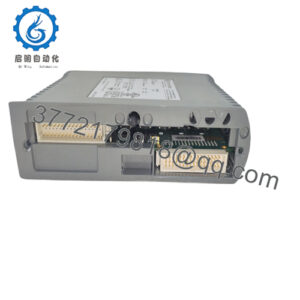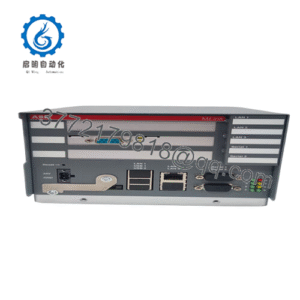Description
| Model | C400A811110 |
| Brand | Schneider Electric |
| Type | HVAC Programmable Controller |
| Inputs | 8 analog (0-10V, 4-20mA), 8 digital |
| Outputs | 6 analog (0-10V, 4-20mA), 6 relay |
| Control Algorithms | PID, ON/OFF, floating point |
| Communication | BACnet IP, Modbus RTU |
| Power Supply | 24V DC |
| Operating Temperature | 0°C to 60°C (32°F to 140°F) |
| Mounting | DIN rail (35mm) or panel mount |
| Dimensions | 150mm x 110mm x 65mm (W x H x D) |
| Weight | 0.35 kg (0.77 lbs) |
| Certifications | CE, UL 916, cUL, RoHS |
| Programming | EcoStruxure Building Operation software |
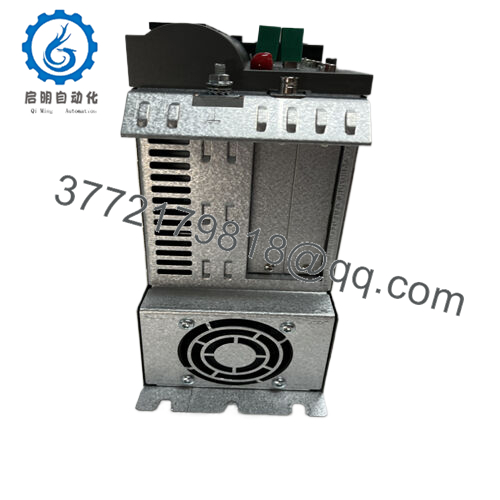
C400A811110
The C400A811110 is a programmable HVAC control module designed as a key component in Schneider Electric’s EcoStruxure Building Operation system. As part of the company’s building management portfolio, it acts as a local controller for heating, cooling, and air handling systems, executing custom logic to maintain environmental conditions while optimizing energy usage.
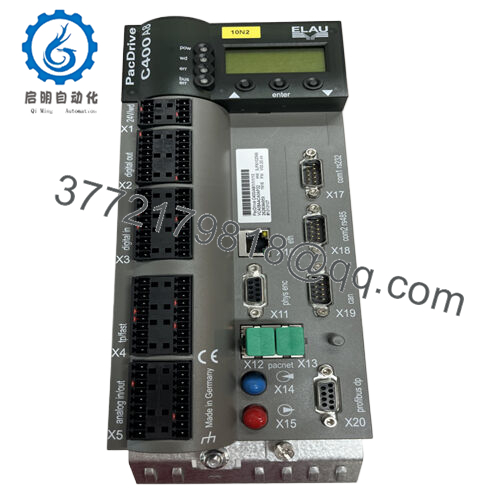
C400A811110
Its primary role is to process inputs from temperature, humidity, and pressure sensors, then adjust outputs to actuators, valves, and fans—all while communicating with central management systems for monitoring and scheduling. For building engineers and facility managers, the C400A811110 offers significant value through its flexible programming capabilities and modular design, allowing customization for specific applications without requiring proprietary hardware. Whether controlling a single air handler or coordinating multiple systems across a campus, this module integrates seamlessly with existing infrastructure, reducing installation time while enhancing operational precision.
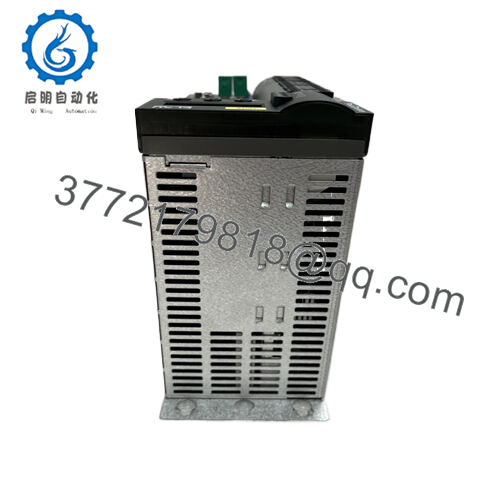
C400A811110
Main features and advantages:
The C400A811110 distinguishes itself in building automation controllers with features engineered for adaptability and efficiency. Functionally, it supports up to 16 analog and digital inputs/outputs, enabling precise control of complex HVAC systems—critical in applications like hospitals where temperature deviations in operating rooms can compromise patient safety. Its advanced control algorithms, including proportional-integral-derivative (PID) tuning, minimize temperature overshoot and oscillation, ensuring stable conditions in environments like server rooms where equipment reliability depends on consistent cooling.
Hardware design prioritizes durability and flexibility. The compact module fits easily in electrical closets or HVAC control panels, with a rugged enclosure that withstands operating temperatures from 0°C to 60°C—suitable for installation near boilers or in unconditioned mechanical rooms. A key advantage is its low power consumption (less than 5W), making it ideal for remote locations powered by limited electrical circuits.
Compatibility is a strong suit, with seamless integration with BACnet and Modbus protocols to connect with third-party sensors and actuators, as well as direct communication with Schneider’s EcoStruxure platform. This versatility allows the C400A811110 to fit into both new installations and retrofits, providing a cost-effective upgrade path for aging building systems.
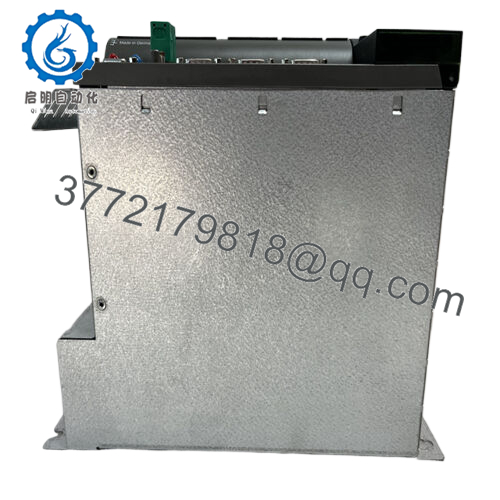
C400A811110
Application areas:
In industrial facilities where precise control over heating, ventilation, and air conditioning (HVAC) systems is critical to operational efficiency and occupant comfort, advanced control modules are essential. From large data centers maintaining strict temperature and humidity levels to pharmaceutical cleanrooms requiring sterile environments, these systems must adapt to changing conditions while minimizing energy consumption. The C400A811110 excels in these dynamic settings, serving as a programmable controller that regulates HVAC equipment with pinpoint accuracy—even in facilities with complex zoning requirements and variable occupancy patterns.
Consider a 10-story research laboratory where different floors house sensitive equipment with distinct environmental needs: cryogenic storage rooms require sub-zero temperatures, while biological labs need stable 22°C with precise humidity control. Here, the C400A811110 coordinates multiple HVAC zones, adjusting air handlers and dampers based on real-time sensor data to maintain each area’s unique setpoints. In a manufacturing plant with fluctuating heat loads from machinery, it modulates cooling systems to prevent energy waste during off-peak hours while ensuring worker comfort during production shifts. This controller is indispensable in building automation, providing the adaptive intelligence needed to balance performance, efficiency, and compliance across diverse facilities.
Related products:
C400A811112 – Higher I/O variant of the C400A811110 with 12 analog inputs, ideal for complex systems with multiple sensors.
C200A811100 – Compact version with reduced I/O, designed to work alongside the C400A811110 in distributed zoning.
T9600 – Room thermostat that communicates with the C400A811110 for localized temperature adjustment.
VA-9000 – Damper actuator controlled by the C400A811110 to regulate airflow in HVAC zones.
HWS-100 – Humidity sensor whose data is processed by the C400A811110 to adjust dehumidifiers or humidifiers.
AS-P890-000R – Building automation server that coordinates multiple C400A811110 controllers across a facility.
EBO-3000 – Energy management license unlocking the C400A811110’s demand response capabilities for peak load reduction.
C400A811111 – Outdoor air temperature sensor module that enhances the C400A811110’s adaptive control logic.
Installation and maintenance:
Before installing the C400A811110, verify that the mounting location provides protection from direct moisture and vibration—avoid positioning near fan motors or pumps. Ensure sensor wiring uses twisted-pair cables with at least 0.5mm² conductors to minimize noise in analog signals, especially for temperature probes in industrial environments. Allow 30mm clearance above and below the module for cooling, and confirm the 24V DC power supply can deliver at least 500mA to support all connected outputs. Prior to commissioning, load the base configuration via EcoStruxure software and test communication with upstream management systems to ensure data logging and remote control functionality.
For maintenance, inspect terminal connections quarterly to prevent corrosion in humid environments—tighten any loose screws to maintain signal integrity. Calibrate analog inputs semi-annually using reference sensors to ensure temperature and humidity readings remain accurate within ±0.5°C. Update firmware annually to access new control algorithms and security patches, scheduling updates during off-hours to avoid disrupting climate control. Use the C400A811110’s built-in diagnostic tools monthly to check for communication errors or failed outputs, addressing issues before they affect environmental conditions.
Schneider other product models:
Schneider C600/10/1/1/1/00
schneider XBTGT6340
Schneider MICOMP139
Schneider SH30552P11A2000
Schneider VIA1003C11A0000 ISH100/30058/0/1/00/0/00/00/00
Schneider ATS22C25Q
Schneider ATS22C25Q*1
Schneider ISH070/60022/0/0/00/0/00/11/00
Schneider ILM0702P02A0000
Schneider 140ACO13000
Schneider 140CHS11000
Schneider 140CPR93200
Schneider 140CPU43412A
SCHNEIDER 140CPU67260
Schneider 140CRA93200
SCHNEIDER 140CRA93200
Schneider 140DDI35300
Schneider 140DDO35300
Schneider RH924YA
Schneider TSXP573634M
Schneider BMEP581020H
Schneider 171CBU98091
Schneider C200/A2/1/1/100
Schneider ILM0701P01A0000
Schneider ILM0702P02A0000
Schneider SH30702P02F2000
Schneider SYPM25KD
Schneider ILS1B853S1456
Schneider MAX-4/11/03/128/08/1/0/00
Schneider ISH070/60022/0/0/00/0/00/00/00
Schneider ZART8L
Schneider SB/205/30/50/05//38/P/01/64/TOKN
Schneider 140CPU67160S
Schneider iSH070/60022/0/0/00/0/00/00/00
Schneider SEPAM1000+SP1S40A
Schneider FCP280 RH924YF

 WhatsApp: +86 16626708626
WhatsApp: +86 16626708626 Email:
Email:  Phone: +86 16626708626
Phone: +86 16626708626